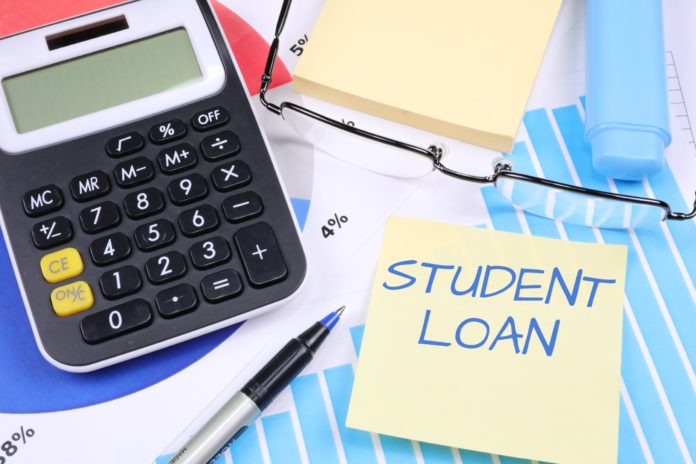By Brianna Powers
President Biden has announced a three-part plan to give America’s working families and students more breathing room as they recover from the strains associated with the COVID-19 pandemic. This plan provides targeted debt relief as part of a broader effort to alleviate the burden of rising college costs and make the student loan system more manageable for current students and college grads. The Department of Education will forgive up to $20,000 in debt for Pell Grant recipients who have loans held by the Department of Education, and up to $10,000 for non-Pell Grant recipients. Borrowers qualify if their individual income is less than $125,000 ($250,000 for married couples). This action will benefit no high-income individual or high-income household (those in the top 5% of income).
The pause on federal student loan repayment will be extended one final time through Dec. 31, 2022, to ensure a smooth transition to repayment and to avoid unnecessary defaults. Borrowers should expect payment to resume in January 2023. The President advocated for the largest increase in Pell Grants in more than a decade and one of the largest one-time infusions into colleges and universities. To further reduce college costs, the President will continue to advocate for doubling the maximum Pell Grant and making community college free. Meanwhile, colleges have an obligation to keep prices reasonable and to ensure that borrowers get good value for their money, rather than incurring debt they cannot afford.
This Administration has already taken significant steps to improve accountability, including in areas where the previous Administration relaxed rules. The Department of Education has announced new initiatives to ensure that student borrowers get the most out of their college loans.
Current students and parents of current students can benefit from President Biden’s plan. Check your 2020 and 2021 tax returns to see if you (or your parents) meet the income threshold, as the administration will likely estimate your annual income from one or both of those forms. According to Scott Buchanan, executive director of the Student Loan Servicing Alliance, the best way to confirm whether or not you will be affected by program changes is to call your loan servicer and ask what type of loans you have. The student debt relief application is expected to be available this month. You should receive an email when it is ready, or you can keep checking StudentAid.gov for updates.
Image from picpedia.org under Creative Commons license









